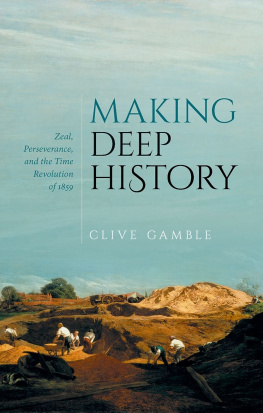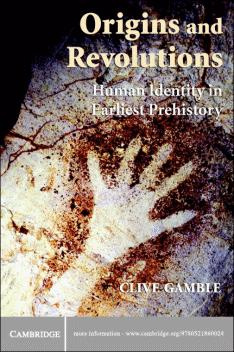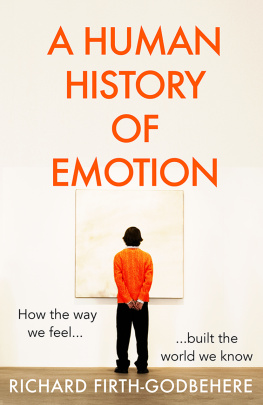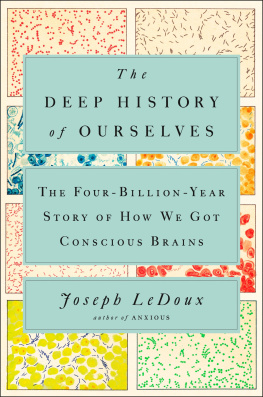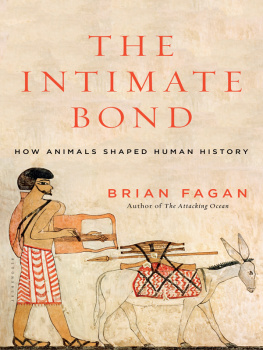Making Deep History

Great Clarendon Street, Oxford, OX2 6DP, United Kingdom
Oxford University Press is a department of the University of Oxford. It furthers the Universitys objective of excellence in research, scholarship, and education by publishing worldwide. Oxford is a registered trade mark of Oxford University Press in the UK and in certain other countries
Clive Gamble 2021
The moral rights of the author have been asserted
First Edition published in 2021
Impression: 1
All rights reserved. No part of this publication may be reproduced, stored in a retrieval system, or transmitted, in any form or by any means, without the prior permission in writing of Oxford University Press, or as expressly permitted by law, by licence or under terms agreed with the appropriate reprographics rights organization. Enquiries concerning reproduction outside the scope of the above should be sent to the Rights Department, Oxford University Press, at the address above
You must not circulate this work in any other form and you must impose this same condition on any acquirer
Published in the United States of America by Oxford University Press
198 Madison Avenue, New York, NY 10016, United States of America
British Library Cataloguing in Publication Data
Data available
Library of Congress Control Number: 2020941751
ISBN 9780198870692
ebook ISBN 9780192643681
DOI: 10.1093/oso/9780198870692.001.0001
Printed and bound by
CPI Group (UK) Ltd, Croydon, CR0 4YY
Links to third party websites are provided by Oxford in good faith and for information only. Oxford disclaims any responsibility for the materials contained in any third party website referenced in this work.
In memory of
Marc Gamble and Drew Morris
Acknowledgements
Roland Pease started this book when he asked me in 2007 to do a talk for the BBC on strange encounters in science. I chose the 1859 time revolution about which I knew little. I was fortunate that three excellent books prepared the ground; Donald Graysons The Establishment of Human Antiquity(1983), George Stockings Victorian Anthropology(1987), and Bowdoin Van Ripers Men among the Mammoths(1993). These were followed for the time revolutionaries by Arthur MacGregors edited volume Sir John Evans(2008), Janet Owens ground-breaking Darwins Apprentice(2013), Mark Pattons Science, Politics and Business in the Work of Sir John Lubbock(2016), and John McNabbs insightful Dissent with Modification(2012). The task of embedding the time revolution into the nineteenth century was aided by the depth of historical scholarship for this period. Among the books I consulted, three were invaluable; A. N. Wilsons The Victorians(2003), David Cannadines Victorious Century(2017), and Jonathan Conlins Evolution and the Victorians(2014). I would never have embarked upon the book without the efforts of the legions of anonymous scanners who, in the last decade, have put so much published material online. Resources such as the Darwin Correspondence Project( https://www.darwinproject.ac.uk/ ) and Mike Pittss SALON, the online newsletter of the Society of Antiquaries ( www.sal.org.uk ), have transformed writing histories, while Wikpediais the best fact checker the world has ever known. I encourage you all to donate to it.
Four libraries have been essential to my project. At the Royal Society, Keith Moore put me in touch with Prestwichs original manuscripts and referee reports. Heather Rowland, Adrian James, and Bernard Nurse at the Society of Antiquaries found sources and answered questions about illustrators, while Ted Nield and Wendy Cawthorne at the Geological Society granted access to Prestwichs notebooks, and their archivist Caroline Lam uncovered the Frville Pit photographs from among Prestwichs papers and pointed me to Murchisons archive.

